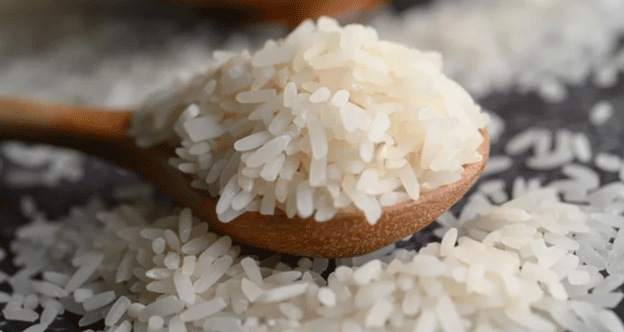Rice is a staple crop that feeds billions of people worldwide, and its quality is a crucial factor for consumers and producers alike. Over the past 16 years, China’s rice industry has seen significant advancements, both in taste and appearance. According to a group of Chinese scientists, rice grown in the country has experienced notable improvements since 2009, as revealed by tasting tests conducted by the China National Rice Research Institute.
In 2022, rice quality in China received a cumulative score of 80.3 points, compared to 74.9 points in 2009, based on the evaluation of appearance, smell, taste, and texture of cold rice. This improvement reflects a concerted effort in breeding better rice varieties, along with more rigorous monitoring of growing conditions. Researchers point to genetic enhancement as a major contributor, allowing for the cultivation of rice varieties with superior characteristics, such as better taste and texture.
China, being the world’s largest rice producer, holds a commanding position in global rice markets. According to the U.S. Department of Agriculture (USDA), China accounted for 28% of the world’s rice production in 2024, further cementing its status as a key player in the global agricultural landscape.
The improvements in rice quality have significant implications for both domestic consumption and export markets. As China continues to enhance its rice production, it is setting new standards in the global rice market, influencing taste preferences and cultivation practices worldwide. Farmers and agronomists involved in rice production will need to consider these trends as they work toward meeting evolving consumer demands for higher-quality products.
The enhancement of rice quality in China over the past 16 years marks a significant achievement for the country’s agricultural sector. Through genetic advancements and better management practices, China has not only improved the quality of its rice but also solidified its leadership in global rice production. For farmers and agricultural professionals, understanding these trends is essential for staying competitive in an increasingly quality-conscious global market.
Error




